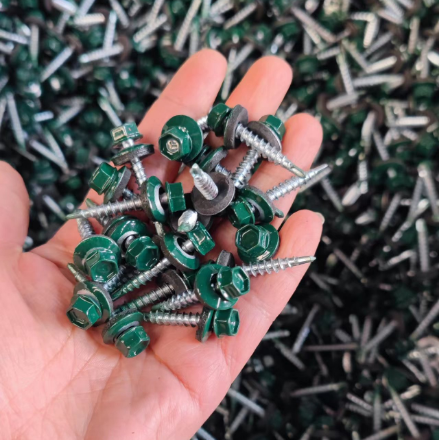Screw In Drywall Tips for Perfect Installation and Finishing Techniques
Understanding the Importance of Screw Placement in Drywall Installation
When it comes to installing drywall, one of the most significant aspects is the proper placement of screws. Drywall, being a popular material for walls and ceilings in both residential and commercial construction, requires careful handling and installation techniques to ensure durability and a professional finish. In this article, we will explore the essential quotes about screw placement in drywall installation and how knowledge of this practice can lead to a better final product.
The Basics of Drywall Installation
Drywall, also known as gypsum board or wallboard, consists of a core made of gypsum sandwiched between two layers of paper. It is lightweight, easy to cut, and has soundproofing qualities, which makes it a preferred choice for many builders. However, improper support and inadequate screw placement can lead to issues such as cracks, sagging, and poor aesthetic quality.
A popular quote that reflects the foundation of good drywall installation comes from an anonymous source Measure twice, screw once. This saying emphasizes the importance of planning and precision in the installation process. Before even starting with the screws, it’s vital to ensure that your drywall sheets are cut to the correct dimensions and placed properly.
The Importance of Screw Placement
One of the most critical elements of drywall installation is the correct placement of screws. Experts often recommend placing screws approximately 16 inches apart along the edges of the drywall sheets. This standard spacing helps secure the drywall to the underlying studs or framing efficiently. In areas where two sheets of drywall meet or in corners, additional screws should be used to avoid bowing or cracking.
Another well-known maxim in the construction industry is, Good screws hold everything together. This phrase reminds us that using the right size and type of screws is just as crucial as their placement. Typically, drywall screws should be no longer than 1-1/4 inches for 1/2 inch thick drywall. Also, using coarse-thread screws is recommended for attaching to wood studs, while fine-thread screws work better for metal studs.
The Consequences of Poor Screw Placement
Failing to install screws correctly can lead to numerous problems. For instance, if screws are too far apart, the drywall may buckle or sag over time. Similarly, if screws are placed too close to the edges, they can cause the drywall to crack. “A weak foundation leads to a weak structure,” is an apt quote that applies here. Ensuring sound screw placement supports the overall integrity of the wall.
screw in drywall quotes

Furthermore, improper screw placement can complicate the finishing process. When taping and mudding joints, uneven surfaces caused by poorly placed screws can lead to an unappealing final look. As one contractor eloquently puts it, “The first step in a flawless finish is a solid foundation.” This foundation starts with the screws.
Best Practices for Screw Installation
1. Use the Right Tools A drill with an adjustable clutch is ideal for installing screws. It prevents overdriving the screws, which can damage the drywall.
2. Angle Your Screws Screws should be slightly angled when driven in, which adds more grip and stability.
3. Sink Screw Heads The screw heads should be slightly recessed below the surface of the drywall to allow for tape and mud to be applied smoothly.
4. Inspect Your Work After installing, it’s important to walk around and check for any visible inconsistencies. If any screw heads are protruding, they need to be recessed correctly before finishing.
5. Follow Local Building Codes Always be aware of local regulations regarding drywall installation, as different regions may have specific requirements.
Conclusion
In conclusion, understanding the significance of screw placement in drywall installation is critical for achieving a professional and lasting result. By adhering to best practices and heeding the wise words from seasoned professionals, you can avoid common pitfalls and ensure that your drywall looks great and stands the test of time. Remember, each screw counts, so take the time to do it right—after all, The difference between a good job and an exceptional job lies in the details. Happy drywalling!
-
Top Choices for Plasterboard FixingNewsDec.26,2024
-
The Versatility of Specialty WashersNewsDec.26,2024
-
Secure Your ProjectsNewsDec.26,2024
-
Essential Screws for Chipboard Flooring ProjectsNewsDec.26,2024
-
Choosing the Right Drywall ScrewsNewsDec.26,2024
-
Black Phosphate Screws for Superior PerformanceNewsDec.26,2024
-
The Versatile Choice of Nylon Flat Washers for Your NeedsNewsDec.18,2024










